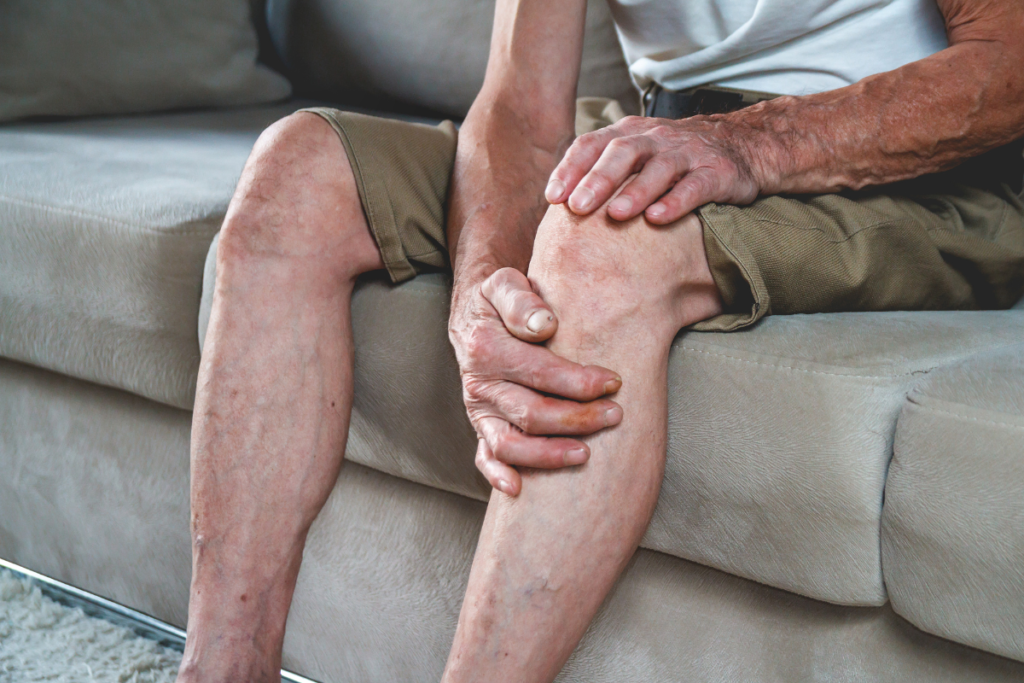In India, millions of individuals suffer from osteoarthritis (OA), a degenerative joint disease that primarily affects older people. Maintaining joint health and quality of life requires knowledge of its causes, symptoms, available treatments, and preventative measures.
What is Osteoarthritis?
Osteoarthritis is characterised by the gradual degradation of the cartilage, a protective tissue that cushions the ends of bones in a joint. When bones rub against one another due to degenerating cartilage, it results in pain, stiffness, and irritation. In India, osteoarthritis is on the rise for a number of causes, including obesity, inactivity, and an increasing rate of diabetes.
Symptoms:
Early interventions for osteoarthritis depend on identifying its symptoms. Typical signs and symptoms include:
● Joint Pain: continuous pain during or after movement, which gets worse with some action and improves with rest.
● Stiffness: Movement becomes challenging when joints are stiff, mainly in the morning or after long sitting periods.
● Swelling: inflammation and tenderness around the joint.
● Loss of Flexibility: Due to reduced motion in the affected joint, everyday activities may become more difficult.
Risk Factors:
● Age: Joint wear and tear increases with age and is directly connected to OA.
● Obesity: Being overweight boosts tension in joints.
● Genetics: OA is more likely to develop in people who have a family history of the condition.
● Joint Injuries: A past medical history of traumas such as ligament tears or hip and knee fractures could increase the chance of developing osteoarthritis (OA) in later life.
Treatment Options:
1. Lifestyle Changes:
● Weight Management: Reduce extra weight to help ease joint pain, especially on the hips and knees.
● Physical Activity: Exercise regularly; low-impact exercises, such as swimming, cycling, and walking, can improve flexibility and strength of the muscles around the joints.
2. Medications:
● Over-the-Counter Pain Relief: Nonsteroidal anti-inflammatory drugs (NSAIDs) such as ibuprofen help manage pain and reduce inflammation.
● Topical Treatments: Localised relief can be obtained with creams that contain NSAIDs or capsaicin.
3.Injections:
● Corticosteroid Injections: These can reduce joint pain and inflammation for a short time.
● Hyaluronic Acid Injections: By greasing the joint, this treatment can improve mobility and reduce pain.
4. Surgery:
● Arthroscopy: Removes damaged tissues and cleans up the joint; minimally invasive
● Joint Replacement: In some cases, a partial or total replacement of joints may be needed.
Preventive Measures:
● Healthy Diet: A diet of omega-3 fatty acids (fish) and antioxidants (fruits and vegetables) can help decrease inflammation.
● Regular Check-Ups: Consulting an orthopaedic specialist regularly can help track joint health and identify problems early.
● Strength Training: Increasing muscular mass might help your joints be better supported.
FAQs
Can osteoarthritis be cured?
There is no cure for osteoarthritis, but its symptoms can be controlled through effective medications to enhance life quality.
What lifestyle changes can help manage osteoarthritis?
Disclaimer:
This information is for educational purposes only and should not replace professional medical advice. Seek out professional advice from your doctor for a customised treatment.
How HealthPil Can Help:
HealthPil connects you with experienced orthopaedic specialists who can guide you through managing osteoarthritis effectively. Schedule your consultation today and take the first step towards healthier joints!

